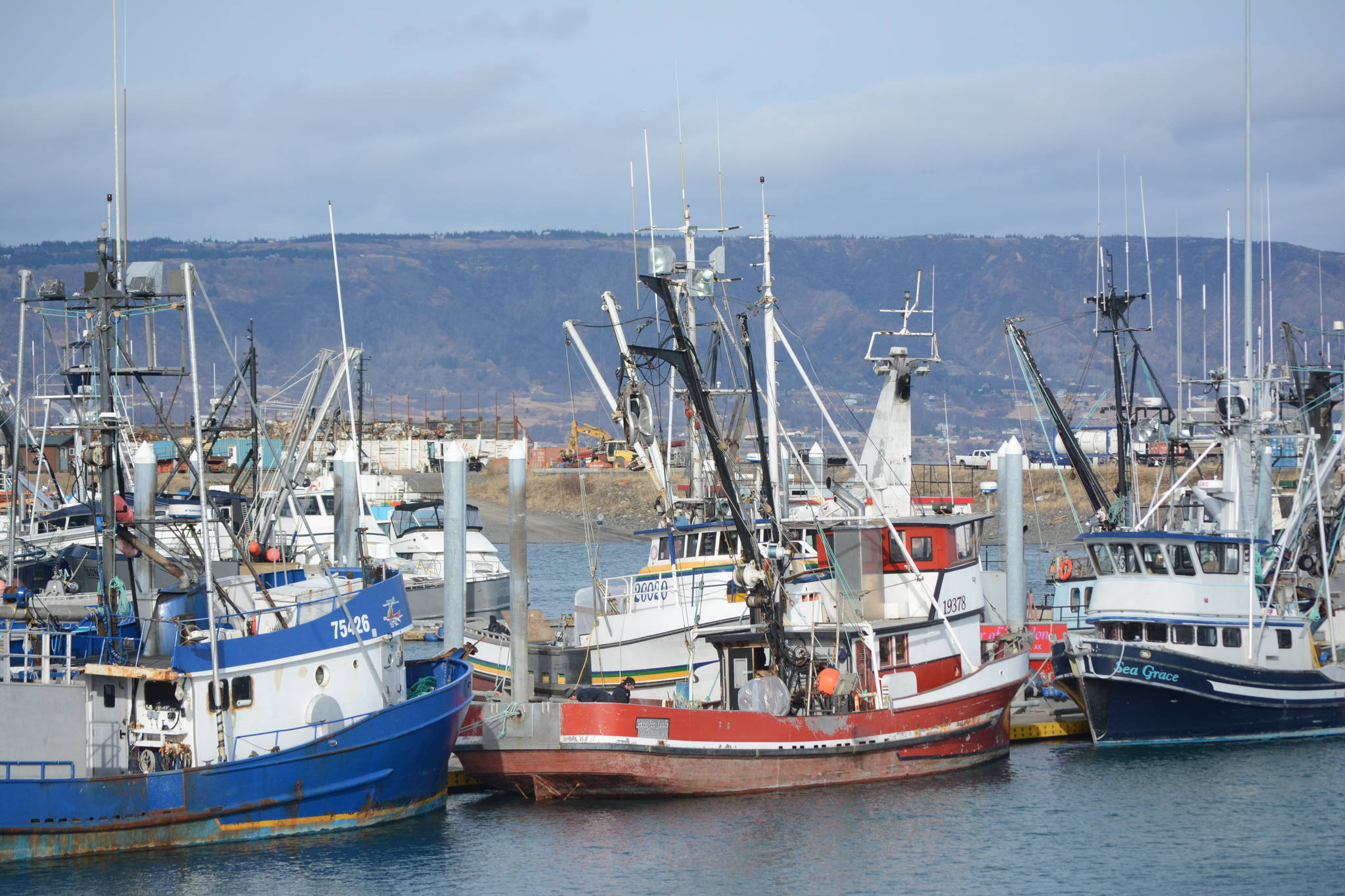Correction: In the Feb. 7 Sea Watch column, the article quoted Malcom Milne. He said that some of the statements attributed to Glenn Merrill and International Pacific Halibut Commission officials were not accurate. Those quotes have been removed from the online version and should not have run in the print version.
The International Pacific Halibut Commission concluded their annual meeting last week by raising 2019 catch limits, a surprise to nearly everyone and disturbing to many.
The IPHC did manage to come to agreement between the U.S. and Canadian regulators, something they were unable to do last year when both countries ended up setting their own catch limits.
The decision to raise quotas in most areas comes despite some concerning figures from the interim meeting in December where results of the setline survey conducted by the IPHC and information collected from logbooks kept by commercial fishermen saw some significant drops in key data points that help determine the health of the biomass.
Those included a coast-wide drop in weight per unit of effort (pounds per hook) of 5 percent in the IPHC survey, and an 11 percent drop in the WPUE according to the commercial logbooks.
Another data point that fell was the number per unit of effort (NPUE), or fish per 100 hooks. The coast-wide NPUE fell an average of 7 percent.
The NPUE in Southeast Alaska, Canada and the West Coast fell the most, at 15 percent.
Justification for the increase came from a rise in fish from the 2011-2012 year class, which just showed up this year, according to fisherman Malcolm Milne, who is also president of the North Pacific Fisheries Association, based in Homer.
That year class just started showing up on the survey, and was the first time it had been seen. IPHC executive director David Wilson warned the Commission that until next year’s data comes in there is serious uncertainty.
Milne said that Wilson was asked if the resource would be in trouble by taking more, and he said the stock is declining, it would be best to not go over 20 million pounds of total removals, but it should be safe at 35 million pounds.
“So they go with 38 million,” Milne said.
The reason for the increase was political in nature and a result of the negotiations with Canada, he added.
“Since Canada wanted to stay high, and all of a sudden 2A (West Coast) came in and said they were going to sue the government if they didn’t get 1.5 million, so that’s another 750,000 pounds over what they should have got, so with those two areas getting an unusual amount, in order not to (upset) everyone else they just raised the quota,” Milne said. “It’s easier just to mortgage the future, because the guys who have to fish it years from now were not at the meeting.”
Milne said that there are only a few fishermen who are consistently arguing that they need to be conservative.
Keeping the treaty with Canada is extremely important, because without it, management would fall to the state and federal governments, and IFQs are not allowed under the Alaska constitution.
“The State Department would have the power to break the treaty, like they backed out of NAFTA,” Milne said.
In a press statement, Chris Oliver, administrator for NOAA Fisheries and U.S. Commissioner to the IPHC, said, “The IPHC intends to apply the allocation process developed at this meeting over the next four years, pending any unanticipated conservation or management concerns.
“While the overall quota for 2019 is a slight increase over 2018, the catch limits agreed to at the meeting reflect a sensible, conservative approach that will secure the future of this iconic and economically important species.”
Oliver added, “We solved several challenging international fishery management issues and we accomplished our goal in the spirit of cooperation and compromise.”
The overall quota for commercial catch in Alaska waters is 17.69 million pounds.
Quota for Area 2C, Southeast Alaska, is 3.61 million pounds; Area 3A, central Gulf of Alaska, is 8.06 million pounds; and Area 3B, western GOA is 2.33 million pounds.
Area 4A, eastern Aleutian Islands, is 1.65 million pounds; Area 4B, western Aleutian Islands, is 1.21 million pounds; and Area 4CDE, Bering Sea/Pribilof Islands is 2.04 million pounds.
The quota increase for Alaska is minuscule; the 2018 quota was 17.54 million pounds.
The overall coast-wide quota for the commercial fleet, from California to the Bering Sea, is 24.86 million pounds, up 1.35 million from 2018.
Cristy Fry can be reached at realist468@gmail.com.



